Mustang Mayhem, The Rest of The Story
2012 Mustang Mayhem, courtesy of Ford
TTAC’s own EIC pro tem was published in July pitting a V-6 Mustang Mayhem package against a Toyota FR-S and a used Porsche Boxster. I found myself discussing this with a car friendly, but non-gearhead boss. He asked if I knew the origin of the name. “Of course,” I replied, “It was named in a contest on Facebook.”
Well, as it turns out, there might be more to that story.
PJ O’Rourke wrote that Americans are “…the big boys, Jack, the original, giant, economy-sized, new and improved butt kickers of all time.” Sure, we have our issues, but when we get out of our own way, what we accomplish is amazing.
In 1945, the 8th Army Air Corps had a problem. The German Luftwaffe would not die and would come up and fight. So on April 16th, they took the fight to them. 900 fighters, including the mighty P-51 Mustang left the cold rock in the north Atlantic along with 1,200 bombers. The fighters strafed and destroyed over 750 aircraft in an event that became known as Mustang Mayhem. Among them was the 4th Fighter Group. The 4th would finish the war with over 1,000 aircraft destroyed.
Today, the 4th FG flies the F-15E “Strike Eagle” from Seymour Johnson Air Force Base in North Carolina. An F-15 modified for a ground attack role, each F-15E carries more destructive capability than an entire squadron of B-17s in WWII.
Last year, the 4th Fighter Group remembered what Americans can do, and set about to show the world. The 4th set the ambitious goal of taxing every F-15E in their inventory, with a goal of putting 70 into the air and hitting over 1,000 simulated targets.
As a nod to their heritage they called it Mustang Mayhem.
If North Carolina had chosen April 16th 2012 to secede from the union, they would have had one of the most powerful Air Forces in the world in terms of delivering raw devastation. Because that day, ninety-eight of the meanest machines to ever spin a turbine taxied onto the runway at Seymour Johnson.
Not Mustangs, but definitely mayhem
Maybe someone on Facebook had some historical knowledge and the name caught on. I think it sounds pretty cool, others aren’t sure. It’s completely possible this is all a coincidence. Regardless, if you own one of these Mustangs, enjoy it. Because when we get out of own way, we can do amazing things.
School teacher, amateur racer, occasional story teller.
More by W Christian Mental Ward
Latest Car Reviews
Read moreLatest Product Reviews
Read moreRecent Comments
- Master Baiter Mass adoption of EVs will require:[list=1][*]400 miles of legitimate range at 80 MPH at 100°F with the AC on, or at -10°F with the cabin heated to 72°F. [/*][*]Wide availability of 500+ kW fast chargers that are working and available even on busy holidays, along interstates where people drive on road trips. [/*][*]Wide availability of level 2 chargers at apartments and on-street in urban settings where people park on the street. [/*][*]Comparable purchase price to ICE vehicle. [/*][/list=1]
- Master Baiter Another bro-dozer soon to be terrorizing suburban streets near you...
- Wolfwagen NO. Im not looking to own an EV until:1. Charge times from 25% - 100% are equal to what it takes to fill up an ICE vehicle and 2. until the USA proves we have enough power supply so as not to risk the entire grid going down when millions of people come home from work and plug their vehicles in the middle of a heat wave with feel-like temps over 100.
- Kwik_Shift_Pro4X Where's the mpg?
- Grg These days, it is not only EVs that could be more affordable. All cars are becoming less affordable.When you look at the complexity of ICE cars vs EVs, you cannot help. but wonder if affordability will flip to EVs?

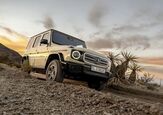
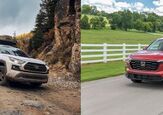

















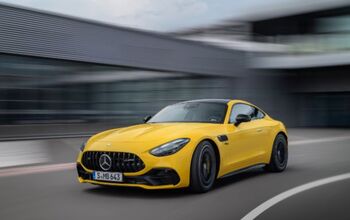
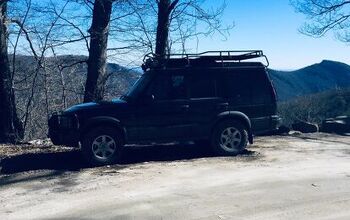

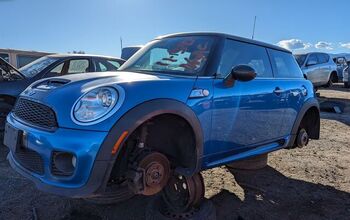


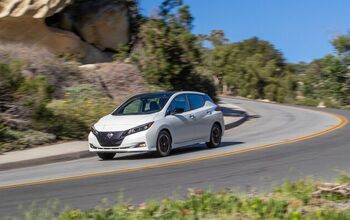
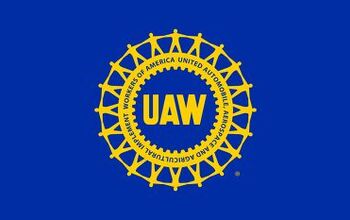
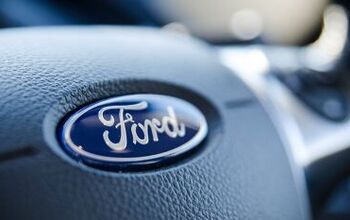
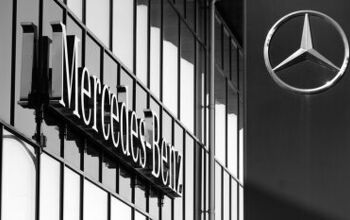
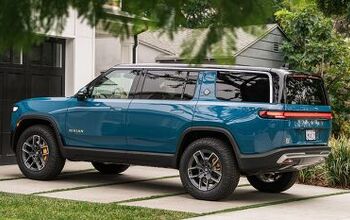

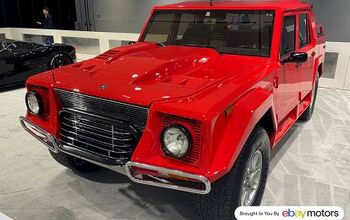

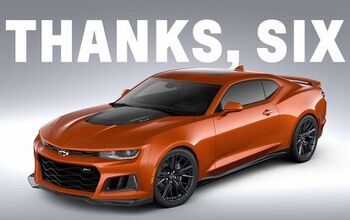
Comments
Join the conversation
@ Bil Al from Oz - I won't have time to read the article you linked till later, but while you are correct that the Hurricane was wood and fabric, the Spitfire was an all metal stressed skin monocoque, the same as a 109, P-51, P-40, etc. I did find an article which identifies the 109 as the first airplane of that type of construction to enter active service, so in that regard, it was the forefunner for the design that would continue with all modern fighters in WW2, not just the Mustang. The Seversky P-35 was the first American fighter to use this construction system. The radiator design is actually an important distinguishing point. Many articles on the P-51 have noted the unique placement of the radiator, and the contribution that location and design made to both how slippery the airframe was, as well as the fact that it's design actually provided the P-51 with a degree of jet thrust, which helped the airplanes performance. Several articles mention that North American noted the negative affect the underwing mounting of the radiator had on both the Spitfire and 109, so if there' was any influence, it was learning from the mistakes of the past (the P-51's wide track, inward retracting, fully enclosed landing gear vs the narrow track, outward closing, still exposed landing gear of the Spitfire and 109 is another example of that sort that is mentioned frequently). I would also say that gun placement is not a superficial design point. You must engineer the airplane withs specific gun placement in mind, as that will affect a variety of other design elements. Heavy cannons and all guns in the nose surely requires a different/strong structure for the nose of the airplane vs one that has no guns, or only machine guns in it. Similarly, the weight of 3-8 machine guns and their recoil is something that a wing must be designed to withstand. The wing must also make room then for ammunition storage, which affects fuel tank design as well.
The positioning of the radiator under the belly of the P-51 was designed to give extra 'thrust' as you stated. You are correct about the Spitfire, but it still has a differing style of airframe. I think you'll find the German and American airframes were actually more similar than the relationship to that of the British. Wellington designed a fantastic fuselage for a bomber. A radiator being a heat exchanger expanded the cooling airflow (gas) through convection and conduction. The gas expanded and increased in volume and exited through the exhaust duct at the rear of the heat exchanger assembly, thus providing additional thrust. Gun placement is very delicate, a gun can cause yawing, roll, etc if the gun is placed incorrectly. The US owes the Third Reich, much of the aerospace tech/concepts/engineering that was used after the war came from the Germans. The Germans explored variable geometry wing, sweep wings, area rule, etc. This doesn't even include the rocketry. The British like to claim the first jet engine (which is true), but it was a centrifugal flow engine. The Germans were manufacturing axial flow engines, modern in design and still used today. I have actually worked on historical fighters/aircraft and I do work on McDonnell Douglas (Boeing now)fighter aircraft for a living. The oldest engine I've worked on is a Gypsy Major. I've worked on Meteor's as well, as our Winjeel with the radial Pratt and Whitney. But my main line of work is fast jet. I do think the US has the best and most advanced aerospace technology globally. It's a pity Detroit can't operate as well. But the US aerospace industry plays on a more level playing field with other countries. More competitive. But, when it comes down to design, yourself and many would be quite surprised at how certain developments were created. Look at the modern day motor vehicle, the technology they use is adapted from the Apollo spacecraft. The downloading of codes for maintenance that is used in cars started out with the Apollo program and the first aircraft to adapt that technology was a McDonnell Douglas F/A 18 in the 70s, then prestige vehicles started adapting computers in the 80s. If you look at the global avaition industry I think you'll see roughly how the automotive industry will end up. Very rationalised with much more government control and regulation. That's a pity, progress will regress.